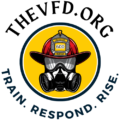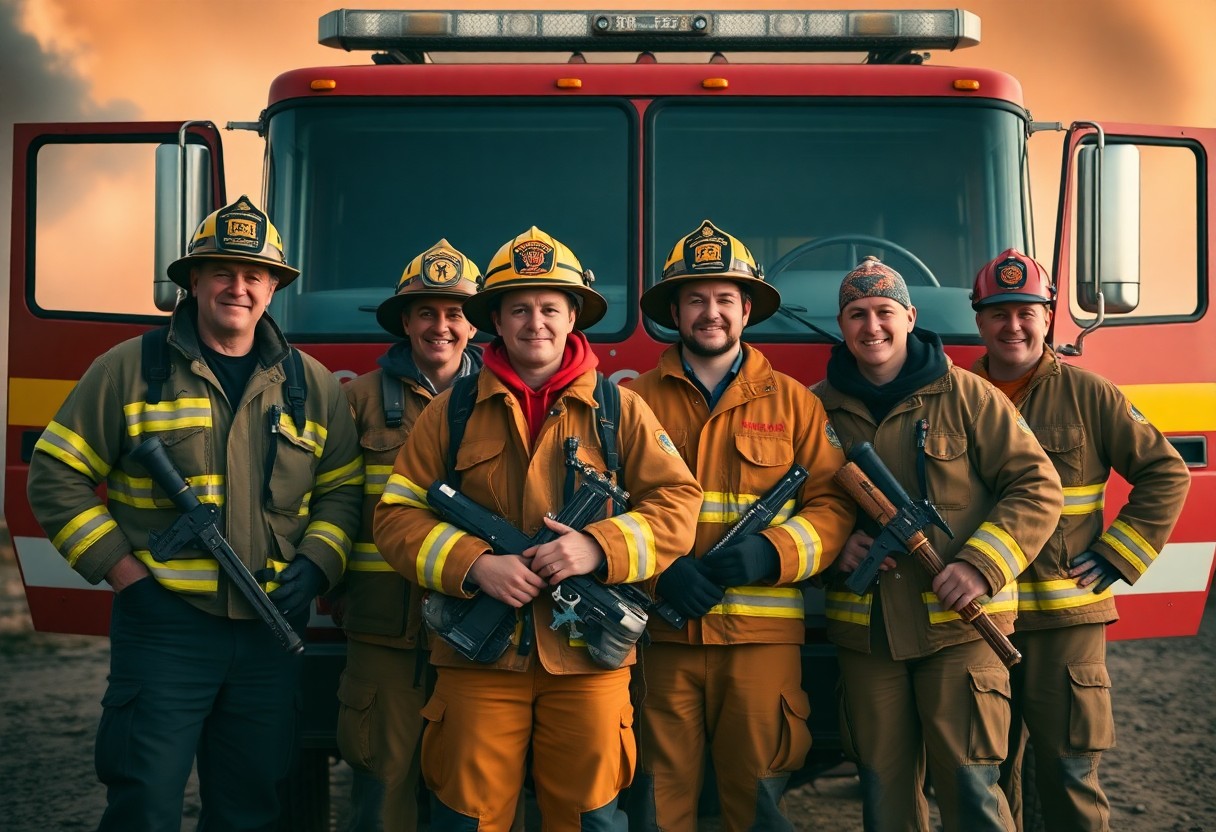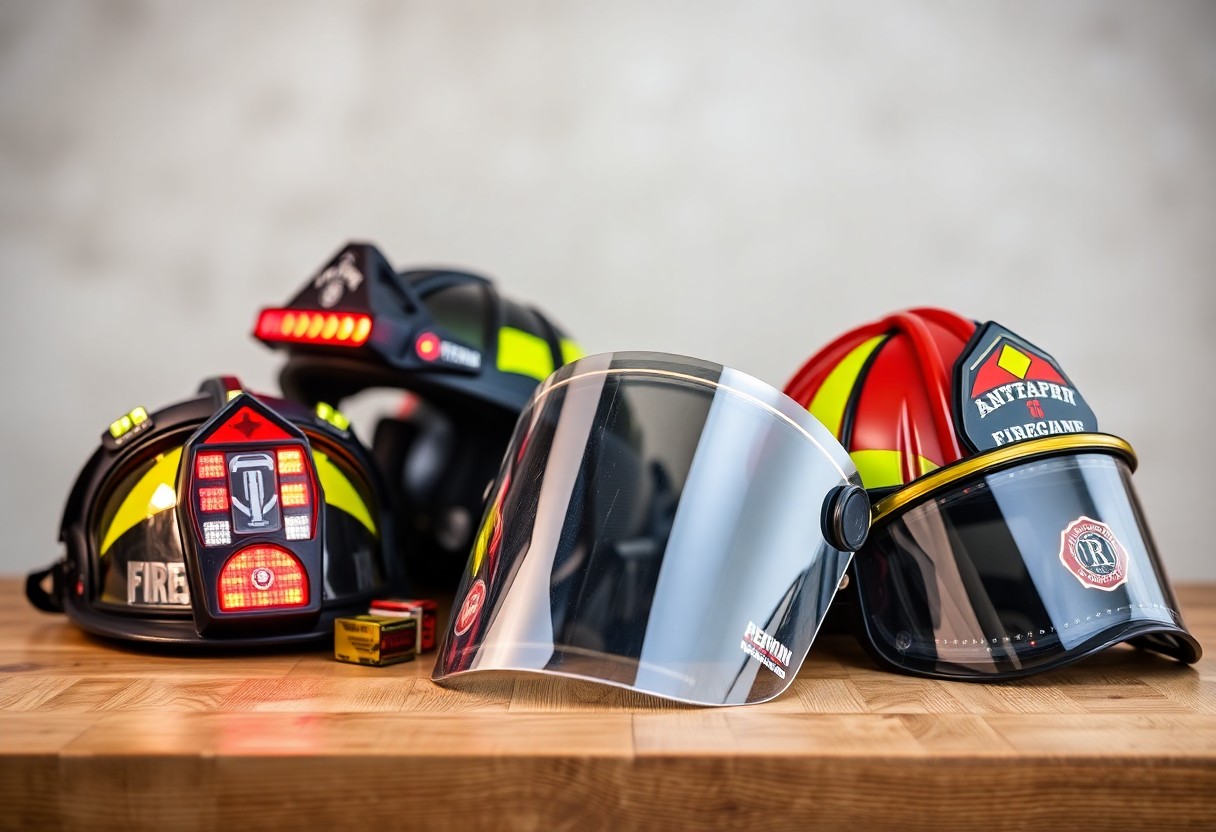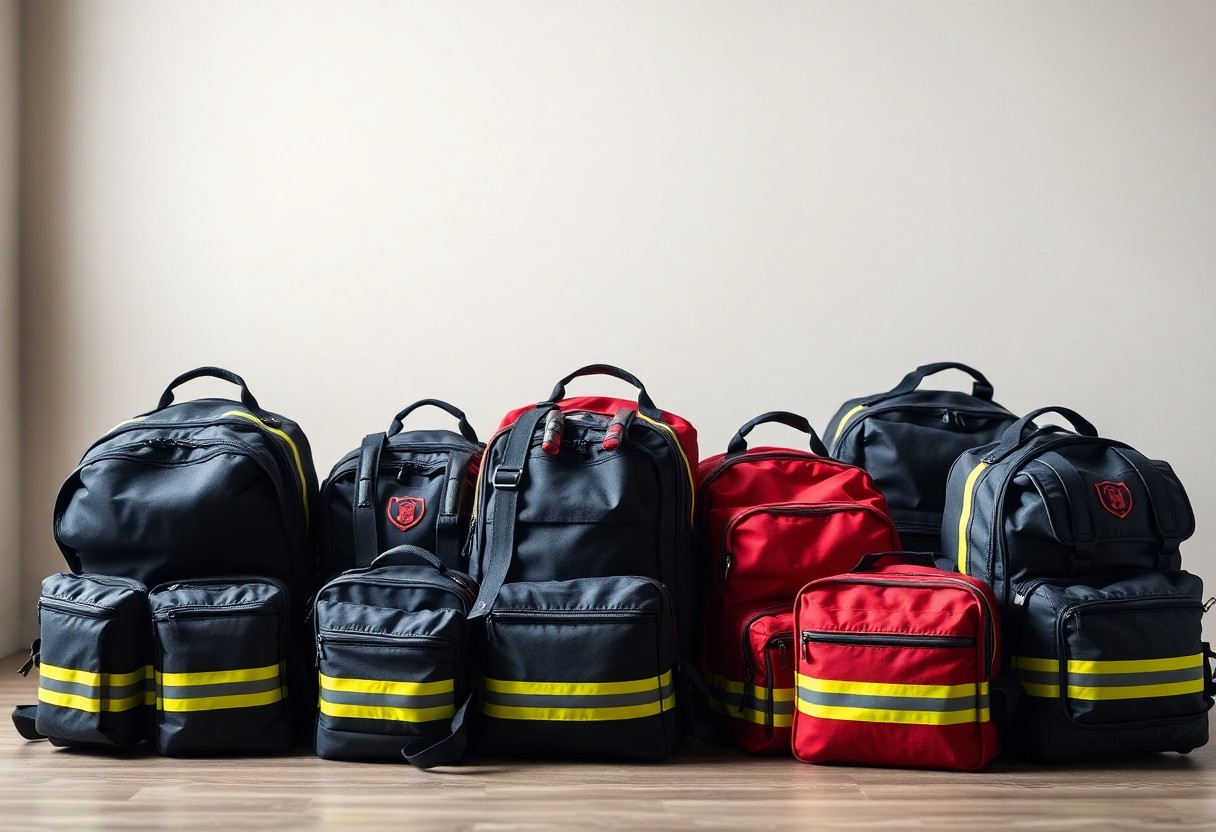Over the years, the role of volunteer fire departments has become increasingly pivotal in managing wildland fire responses. You have the opportunity to make a significant impact by ensuring your team is equipped with the right tools, training, and support needed to tackle these challenging scenarios. This blog post will guide you through necessary strategies that can enhance your department’s preparedness, empower your volunteers, and ultimately improve your community’s safety during wildland fire incidents.
Understanding Wildland Fire Dynamics
Before responding to wildland fires, it is important to grasp the dynamics that govern their behavior. These fires can spread rapidly and unpredictably, influenced by factors such as weather conditions, topography, and vegetation types. By understanding these dynamics, you can better prepare your volunteers to anticipate fire behavior and react appropriately in the field.
Characteristics of Wildland Fires
Fires in wildland areas possess unique characteristics that differentiate them from structural fires. They typically spread horizontally and vertically, fueled by vegetation, and can change direction quickly due to wind shifts or topographical features. As a volunteer firefighter, recognizing these traits will enhance your effectiveness and safety during wildland fire response.
Importance of Preparedness
Fire preparedness is vital for effective wildland fire response and ensuring the safety of your team.
Wildland fire preparedness involves thorough training, proper equipment, and a solid operational plan. By equipping yourself and your volunteers with this foundation, you enhance your team’s ability to face the unpredictable nature of wildfires. Regular drills, knowledge of local terrain, and understanding fire behavior will significantly improve your response capabilities. When volunteers are well-prepared, they can act decisively and safely, ultimately protecting both lives and property in the face of wildland fires.
Essential Equipment for Volunteer Firefighters
Now, equipping your volunteer firefighters with the right tools and technology is vital for effective wildland fire response. This equipment not only enhances safety but also ensures that your team can operate efficiently in challenging conditions. From protective gear to advanced firefighting tools, having the proper equipment can make a significant difference in the efficacy of your response efforts.
Protective Gear and Clothing
Beside standard uniforms, your volunteers need specialized protective gear designed for wildland fire scenarios. This includes flame-resistant clothing, helmets, gloves, and boots, which are important for ensuring safety while on the front lines. Investing in high-quality protective gear will enhance your team’s capability to face hazardous environments effectively.
Firefighting Tools and Technology
To support your volunteer firefighters, equipping them with the latest firefighting tools and technology is important. Items such as portable water pumps, hand tools like axes and rakes, and fire shelters play a pivotal role in enhancing response capabilities when combating wildland fires.
Indeed, the integration of advanced technology, including drones for aerial reconnaissance and GPS mapping tools, can significantly improve your team’s situational awareness and operational efficiency. These modern tools help in accurately assessing fire behavior and planning effective tactical responses. By ensuring your volunteers are equipped with both traditional and innovative equipment, you empower them to handle emergencies with confidence and expertise.
Training and Education for Volunteers
Some of the most impactful ways to prepare your volunteer team for wildland fire response is through comprehensive training and education programs. These programs equip volunteers with the knowledge and skills necessary to effectively manage emergency situations, enabling them to act efficiently under pressure. Training should include both classroom instruction and practical applications, ensuring that volunteers are well-prepared for the unique challenges they face in wildland firefighting.
Fire Behavior and Risk Assessment
Any effective wildland firefighting strategy relies on understanding the behavior of fire and conducting thorough risk assessments. This knowledge allows you to make informed decisions about resource allocation and firefighting tactics, ensuring a more effective response to changing conditions. Regular training on fire weather patterns, fuel types, and topography will enhance your ability to predict fire movement, thus improving the safety of both responders and the community.
Hands-on Firefighting Techniques
Risk management is key when it comes to tackling wildland fires, and mastering hands-on firefighting techniques is necessary for all volunteers. These skills not only improve your capability to combat fires but also boost your confidence in the field. Practical training exercises, such as line construction, backburning, and using hand tools, should be incorporated into your educational programs.
In fact, engaging in hands-on firefighting techniques can significantly enhance your team’s effectiveness and efficiency in the field. Practical exercises simulate real-life fire scenarios, allowing you to practice tactical maneuvers and communication strategies. Regular drills help you become familiar with the equipment, such as fire hoses, pumps, and personal protective gear, which is vital for your safety and effectiveness during a wildfire response. By continuously honing these skills, you’ll develop muscle memory that kicks in when every second counts, ensuring a swift and coordinated firefighting effort.
Strategies for Community Involvement
To effectively prepare for wildland fire response, you should focus on fostering community involvement. Engaging local residents not only builds a support network but also enhances fire safety awareness and preparedness. Organizing workshops, fire prevention events, and simulation drills can empower your community to take action and collaborate when facing wildfire threats.
Engaging Local Residents
Behind every successful wildland fire response is a community that understands its role. By incorporating educational initiatives and hands-on training, you can motivate residents to actively participate in fire prevention strategies, forming a stronger bond between your fire department and the community.
Partnerships with Other Agencies
Above all, establishing partnerships with other agencies can significantly strengthen your fire department’s capacity. Collaborating with local land management agencies, wildlife organizations, and emergency services enables you to share resources, knowledge, and expertise that are vital for effective wildland fire mitigation.
Considering the diverse challenges wildland fires present, leveraging partnerships allows you to access specialized knowledge and equipment that may not be available within your department. Working together with agencies like forestry services, environmental organizations, and neighboring fire departments enhances your operational efficiency and increases the overall resilience of your community against wildfires.
Funding and Resource Allocation
All volunteer fire departments face the challenge of managing limited budgets while ensuring their volunteers are prepared for wildland fire response. Establishing a clear plan for funding and resource allocation can enhance your department’s effectiveness. Exploring various funding sources and creating a transparent budget allows you to optimize resources, ensuring that your volunteers receive the necessary equipment and training for tackling wildfires safely and efficiently.
Securing Grants and Donations
Around the country, many volunteer fire departments successfully secure grants and donations to support their operations. You can actively seek out local, state, and federal grant opportunities, along with corporate sponsorships and community fundraising. Engaging your community not only fosters support but also enhances your visibility and credibility, leading to additional funding avenues.
Budgeting for Equipment and Training
Between maintaining operational efficiency and ensuring your volunteers are well-equipped, effective budgeting is necessary for acquiring equipment and training resources. Survey your department’s needs and prioritize spending based on your volunteers’ requirements and the types of wildfires you are likely to encounter. By continuously reviewing your budget, you can make informed decisions on areas that require investment, such as personal protective gear, firefighting apparatus, and training programs.
Resource allocation and budgeting for equipment and training play a vital role in preparing your volunteers for wildland fire responses. Focus on assessing the unique needs of your department, including firefighting tools and training programs specific to wildland scenarios. Regularly engage with your team to identify gaps in knowledge or equipment, and consider building relationships with neighboring departments for shared training opportunities. Allocating funds wisely and consistently evaluating your budget will help you create a well-prepared volunteer force capable of effectively responding to wildland fires.
Best Practices for Volunteer Fire Departments
Despite the challenges faced by volunteer fire departments, implementing effective strategies can empower your team to efficiently manage wildland fire responses. By embracing best practices, you can enhance safety, improve coordination, and better prepare your volunteers for the unique demands of wildland firefighting. Engaging in continuous learning, adopting innovative technologies, and fostering teamwork can significantly increase your department’s readiness and effectiveness.
Developing Standard Operating Procedures
With the creation of comprehensive Standard Operating Procedures (SOPs), your team can establish clear guidelines for handling wildland fire incidents. These SOPs will serve as a foundation for decision-making, ensuring consistency and safety during operations. By monitoring best practices and adapting your procedures accordingly, you can effectively equip your volunteers for any situation they may encounter.
Conducting Regular Drills and Evaluations
Standardizing training through regular drills and evaluations is imperative for enhancing your team’s preparedness. These exercises allow volunteers to practice skills, refine tactics, and build confidence in their abilities. The evaluations that follow serve as critical opportunities for identifying areas for improvement and reinforcing successful techniques.
Evaluations play a vital role in the growth of your volunteer fire department. After each drill, gathering feedback from participants and analyzing performance metrics will help you gauge effectiveness and identify knowledge gaps. This process can inform future training sessions, making them more targeted and relevant. Continual refinement of your training programs ensures that your volunteers remain prepared to handle diverse wildland fire scenarios, ultimately leading to more successful outcomes in the field.
To wrap up
So, as you equip your volunteer fire department for wildland fire response, focus on comprehensive training programs and up-to-date equipment. Engaging volunteers in regular drills not only enhances their skills but also fosters team cohesion. Ensure your team understands the unique challenges posed by wildland fires and the importance of safety protocols. By prioritizing effective communication and resource management, you can significantly improve your department’s readiness and effectiveness in tackling wildland fires, ensuring both your team’s safety and the protection of your community.



